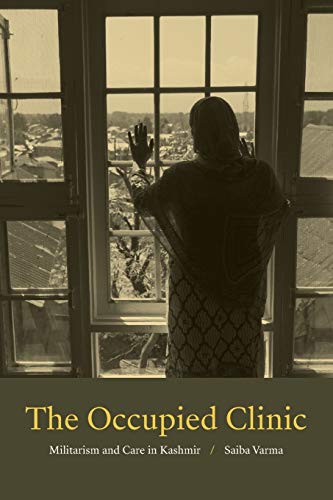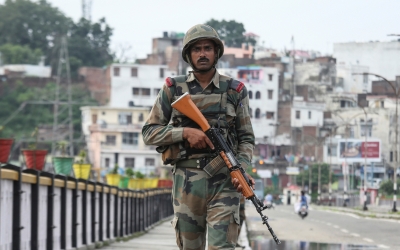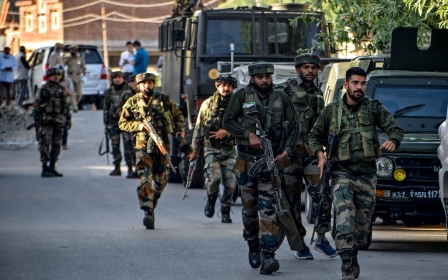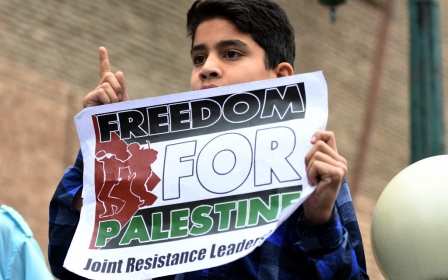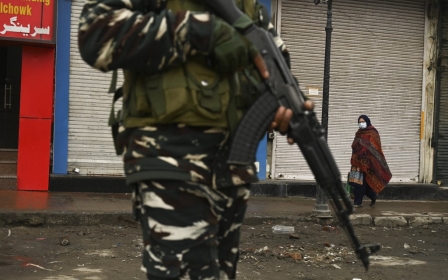Kashmir: How medical care became militarised under Indian occupation
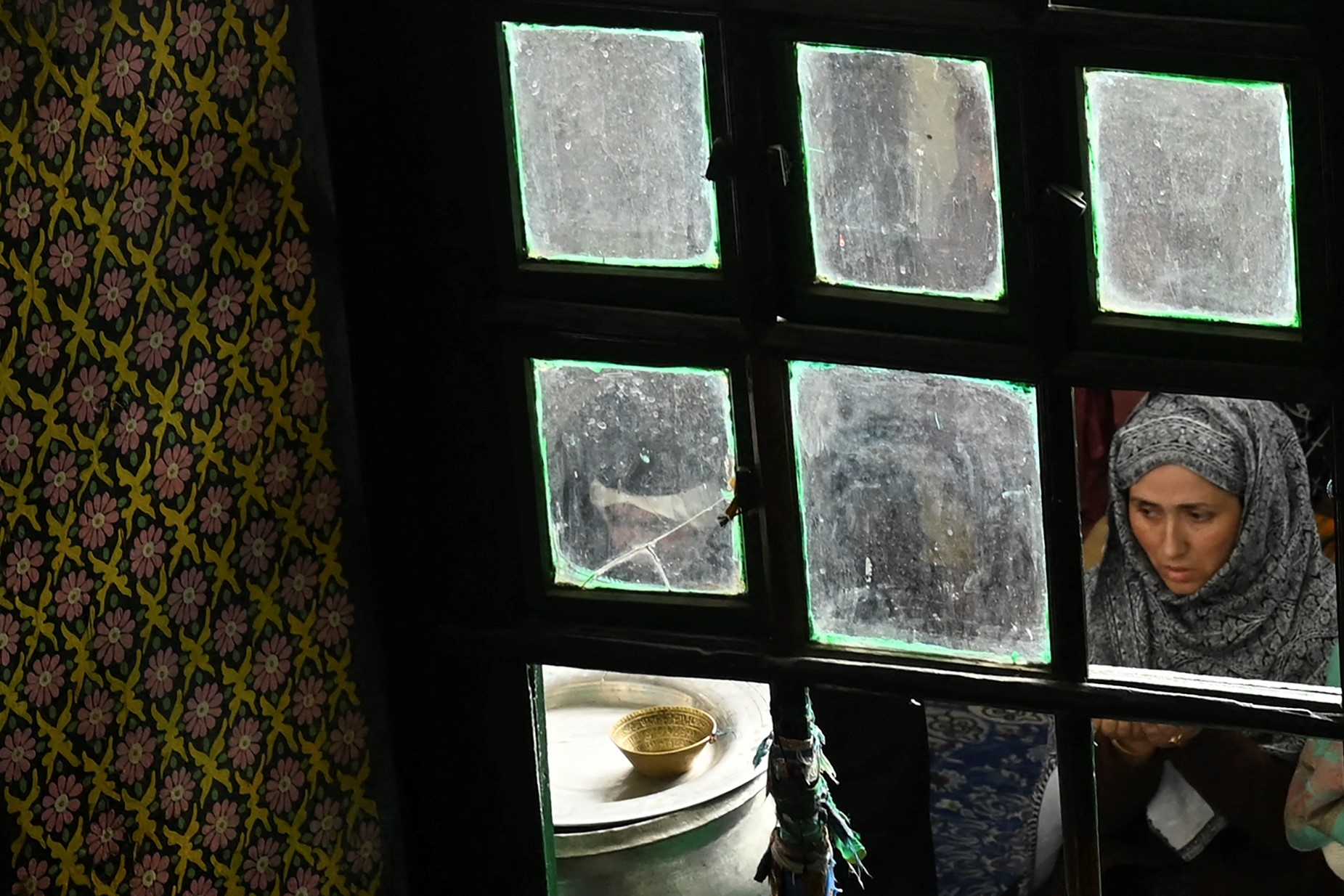
The political history of Kashmir is the account of decades and years of weaponisation of all aspects of life - from the political and social to health and care.
Varma explores how the years of insurgency in Kashmir has produced interpersonal mistrust in the clinic, and how the clinic itself generates its own kinds of violence
In The Occupied Clinic: Militarism and Care in Kashmir, published last October, Saiba Varma, a medical and cultural anthropologist in UC San Diego, has done an ethnographic study in Indian-occupied Kashmir, where she challenges the care-violence binary and argues that medicine and militarism in Kashmir are intimately connected, producing an oppressive structure of "militarised care". The language of care is employed as a justification for Indian occupation of Kashmir.
Set in the context of occupation, insurgencies and state projects of control and care, Saiba takes a journey to the valley that is at the intersection of medicine and militarism to explore the different categories of care, histories of care and narrate the stories of violence through medicine - where the "clinic becomes the preeminent site to witness the effects of violence and occupation".
She explores how the years of insurgency have produced interpersonal mistrust in the clinic, and how the clinic itself generates its own kinds of violence.
'Epidemic of trauma'
New MEE newsletter: Jerusalem Dispatch
Sign up to get the latest insights and analysis on Israel-Palestine, alongside Turkey Unpacked and other MEE newsletters
Varma documents the past and the present of the psychological and sociological effects of a longstanding regime of militarised care. She argues that while the Indian state was obsessed with justifying its occupation of Kashmir through overinvestments in (militarised) care and active weaponisation of medicine, an "epidemic of trauma” was unfolding, as "the incidence of psychological trauma soared in early 2000s".
This rise in psychological trauma replaced mortality as a public health concern with a change in the rationale of occupying Kashmir, beginning with the deployment of soldiers for elections in 1988 to decades of an "indefinite, legally enforced state of emergency, unparalleled militarization and securitization".
Through her dense, intensive and embedded fieldwork, Varma brings out the "the enormous psychological and emotional suffering" of the people, who have lived through these multiple crises.
As she travelled in the valley, she discovered that the "boundaries between militarism and medicine dissolved" - where the public health infrastructure had come under attack through physical violence (tear gas and shelling) and structural violence (withholding of resources).
Critical of the inequities and absurdities of politics in an occupied territory, Saiba explains in her chapter "Siege" how clinics were turned into military interrogation centres that left behind a debilitating imprint on the minds of Kashmiris who had lived through that period.
The long siege
In explaining how sieges are connected to human subjectivities, Varma delves deeper into the early political history of Kashmir to bring to the surface the lost stories of people. Challenging the "benign image of the siege as a form of militarised care", she documents the lived history of people during the heights of the conflict.
This is a book by which all nationalist ideologies and imaginaries of the Indian state will be measured in the future
During the siege in 1994, village clinics were transformed into torture chambers full of the eerie cries of the subjugated population.
As routine humiliation became part of life in Kashmir, the state’s strategy of "targeting and instrumentalising civilians in war" became part of the counterinsurgencies. In the year 2008, a village in the Kupwara district experienced a siege for eight days continuously. The impact of such a counterinsurgency operation did not improve relations between armed forces and civilians, it "results in their unmaking", argues Saiba.
As the siege in Kupwara ended on the eighth day, relations deteriorated to such an extent that people refused food offered by the troops.
This tension created between the troops and the civilians benefits the state’s policy of divide and rule where fear and mistrust run deep among people accessing care. As part of regular siege and counterinsurgency operations, hospitals have become an extension of the battlefield, rather than places of refuge.
During her visit in August 2016, to the SMHS hospital, "the epicenter of conflict", Saiba witnessed a "temporality of disturbances". The hospital at this time of active clashes and curfews was a site where bodies and injuries were counted, and where the "military's excesses witnessed, accounted for, and repressed".
The collective weakness
As one moves out of the hospital fearing to get back home, the unrelenting cycles of protests and tear gas shelling turn streets into battlegrounds.
Popularly described as "turmoil" by the English-speaking, middle-class Kashmiri, the word captures the "convergence between traumatic environment on the streets and upheaval in bodies and psyches”, which leads to kamzori, an Urdu word for weakness that is not limited to the physical aspect of it, but implies "collective moral and political weakness".
In tracing the deep history of siege in Kashmir - a history of colonisation since 1586 - Saiba picks up this important theme of kamzori to understand the effect of the "long siege" for centuries. In her conversations with people, she learnt that kamzori was the most "ubiquitous complaint in mental healthcare setting across Kashmir".
Gliding from the personal subjective to the collective, kamzori, as a meaningful expression of distress, never indexed an individual condition but is used to describe social conditions. The human bodies are tied to the "collective experiences of physical and structural violence that Kashmiris suffer and are manifested in bodily attenuations".
Through the discourse on kamzori, we see that the debilitated singular body is entwined with the debilitated body politic, where private memories of death, disappearance and loss are imbued in public spaces through gendered acts of remembrance.
Each month women members of the Association of the Parents of Disappeared Persons gather in central Srinagar armed with posters, photos and images of their loved ones in "subdued but insistent protests".
In this insistence lies hope, among broken and shattered lives. In her moving illumination of the collapse of the meaning, practice, and infrastructure of care, Varma examines the weaponisation of people and places at the intersection of militarism and medicine.
This is a book by which all nationalist ideologies and imaginaries of the Indian state will be measured in the future.
The views expressed in this article belong to the author and do not necessarily reflect the editorial policy of Middle East Eye.
Middle East Eye delivers independent and unrivalled coverage and analysis of the Middle East, North Africa and beyond. To learn more about republishing this content and the associated fees, please fill out this form. More about MEE can be found here.



